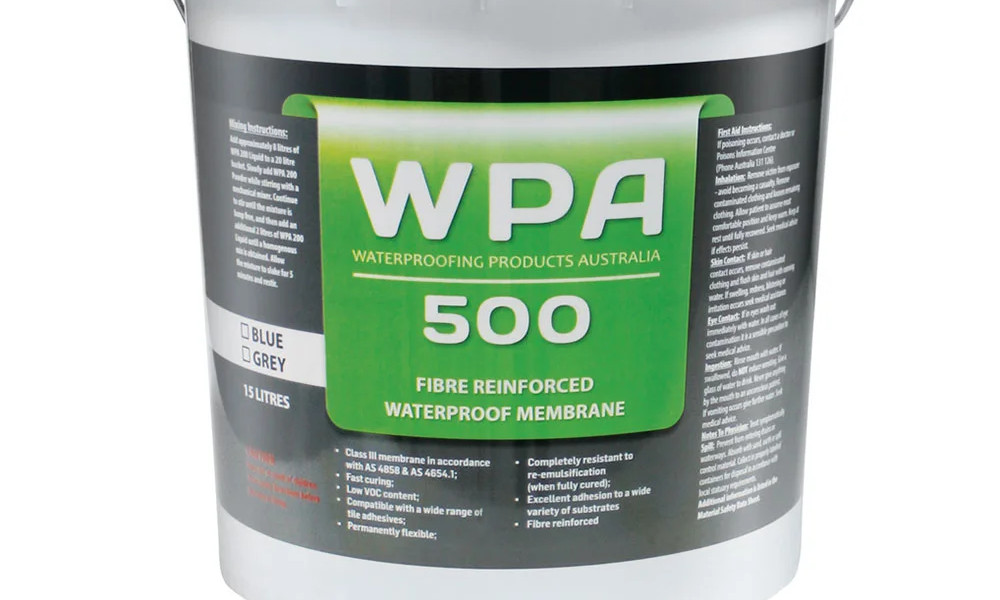Reviews
How to Apply Waterproofing Membrane

Imagine finishing your dream basement or patio outside, only to find leaks and wet spots after the first rain. Making sure your space stays dry and safe by applying a waterproofing membrane is important to avoid water damage.
The task may seem difficult, but if you know the right way to do it, it will be easier and give you peace of mind. This blog will guide you through the steps to effectively apply a waterproofing membrane.
1. Types of Waterproofing Membranes
There are different types of waterproofing membranes to choose from. The most common types are liquid membranes, sheet membranes, and spray-on membranes.
Liquid membranes are applied with a roller or brush and create a seamless barrier. Sheet membranes come in large rolls and are placed over the surface, while spray-on membranes are sprayed directly onto the area.
Each type has its benefits, depending on your needs and the area you want to waterproof. Understanding these types helps you choose the best option for your project.
2. Preparing the Surface
Before applying a waterproofing membrane, you must prepare the surface properly. Start by cleaning the area to remove any dirt, dust, or debris. This helps the membrane stick better.
If there are cracks or holes, fill them in with a suitable patching material. Make sure the surface is smooth and even, as this will help the membrane adhere correctly.
After cleaning and repairing, let the surface dry completely. Taking these steps ensures that the waterproofing membrane has a solid foundation to work effectively.
3. Gather Necessary Tools and Materials
Gathering the right tools and materials is crucial for applying a waterproofing membrane. You’ll need gloves, a roller or brush for applying the membrane, and possibly a sprayer if you use a spray-on type.
Other materials may include a primer, patching compounds, and a trowel. Make sure to read the instructions on the membrane product for any specific tools required.
Having everything ready will make the process smoother and help you achieve the best results when applying the waterproofing membrane.
4. Apply Primer (If Necessary)
The primer helps improve adhesion, ensuring the membrane sticks well to the surface. If the instructions say to use a primer, apply it evenly using a roller or brush.
Before moving on to the next step, let the primer dry all the way through. Using a primer may add extra time to your project, but it can improve the effectiveness of the waterproofing membrane, making your efforts worth it.
5. Applying the Waterproofing Membrane
Once the primer is dry, it’s time to apply the waterproofing membrane. Start by pouring a small amount of the membrane onto the surface. Use a roller or brush to spread it evenly, ensuring complete coverage.
Make sure to work in small sections to prevent the membrane from drying before you finish. Apply at least two coats for better protection, allowing each coat to dry before applying the next.
Following the manufacturer’s instructions on thickness and application technique is important for achieving a waterproof seal.
6. Sealing Joints and Edges
Joints are where two surfaces meet, and edges are the outer parts of the area you treated. Use a suitable sealant or extra membrane to cover these areas thoroughly. This step helps prevent water from seeping in through gaps, ensuring complete waterproofing.
Make sure to smooth out the sealant for a neat finish. Taking the time to seal these spots properly ensures that your waterproofing system works effectively and lasts longer.
7. Curing and Drying Time
Each product has its recommended drying time, so check the instructions carefully. Generally, you should let the membrane cure for at least 24 hours before exposing it to water or heavy traffic.
Curing allows the membrane to form a strong bond with the surface, making it more effective. Avoid rushing this step, as proper curing is essential for ensuring that the waterproofing membrane functions well and protects the area effectively.
Have Effective Waterproofing and Prevention of Water Damage
In conclusion, achieving effective waterproofing is essential for protecting your property from water damage and ensuring its longevity. By following the outlined steps for applying a waterproofing membrane, you can create a reliable barrier against moisture and safeguard your home or building.

-

 US News15 hours ago
US News15 hours agoJetBlue flight diverts to Tampa after altitude drop injures at least 15
-

 US News6 days ago
US News6 days agoUnwarned tornado suspected in Fort Worth as storms cause damage and power outages
-

 World5 days ago
World5 days agoU.S. Navy helicopter and fighter jet crash in South China Sea; all crew rescued
-

 Legal5 days ago
Legal5 days agoMultiple injured in shooting at Lincoln University in Pennsylvania
-

 World1 week ago
World1 week agoMagnitude 6.1 earthquake strikes Ecuador–Peru border region
-

 World1 week ago
World1 week agoHurricane watch issued for Haiti due to Tropical Storm Melissa
-

 US News1 day ago
US News1 day agoTrump says U.S. will resume nuclear weapons testing ‘on an equal basis’
-

 US News3 days ago
US News3 days agoDamage reported in Kilgore, Texas following tornado warning




